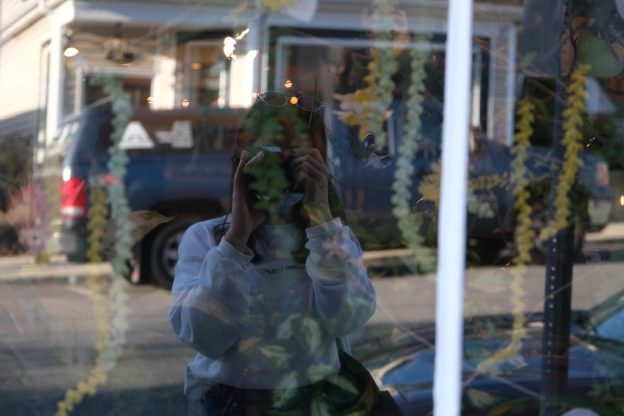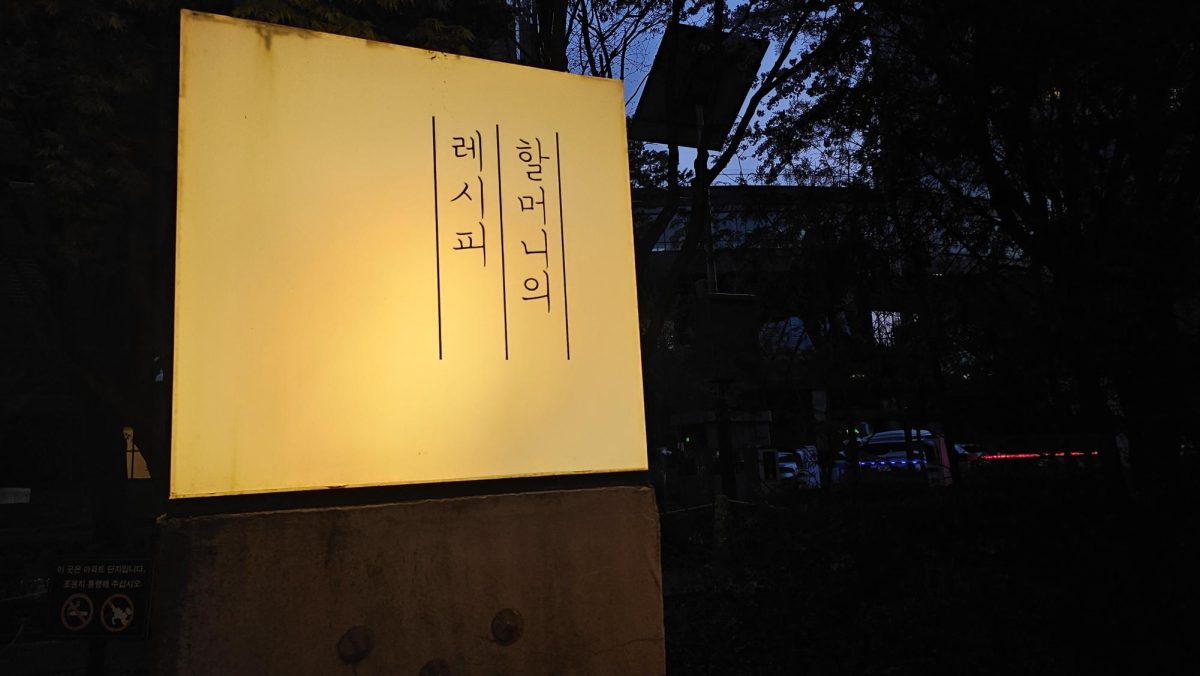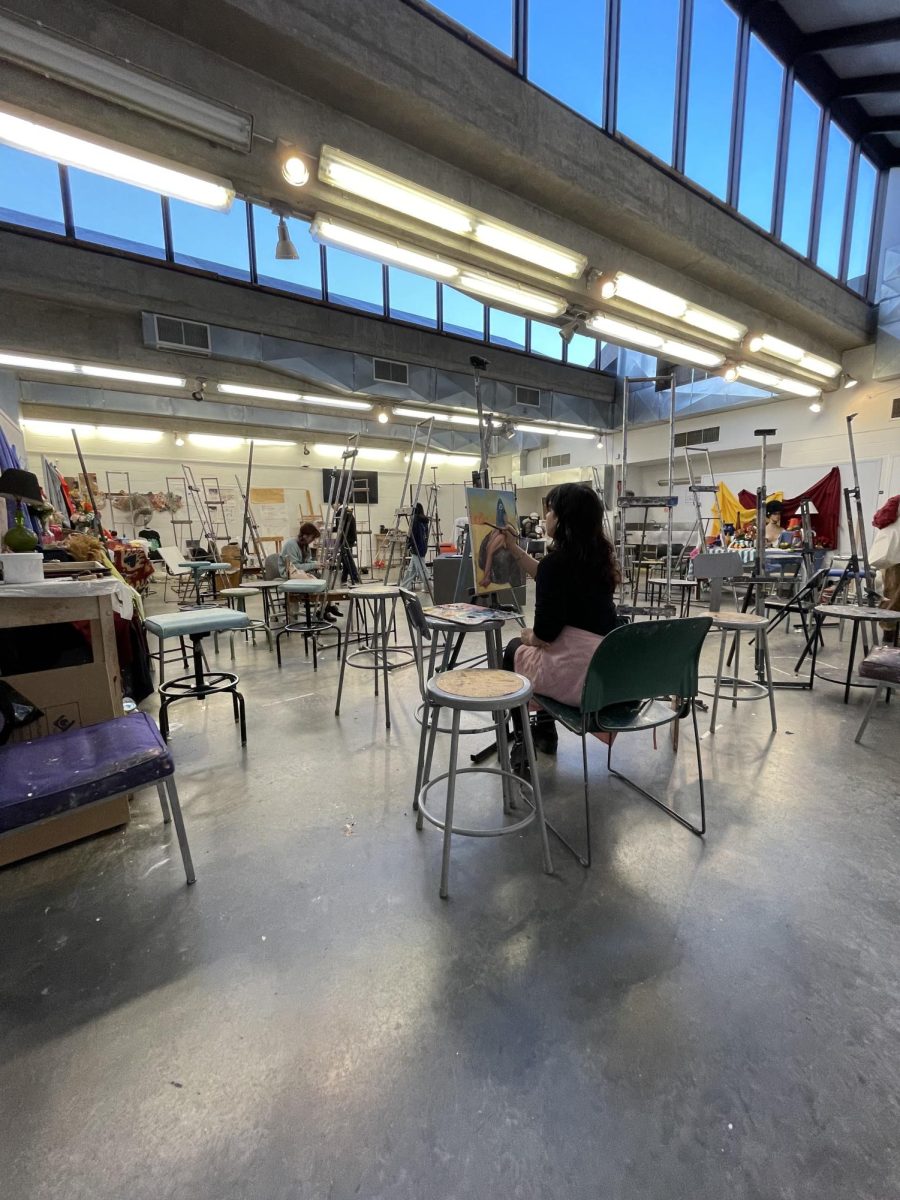
A version of this article was originally published on the SBU J-Drive.
For Stony Brook University sophomore Millie Elangbam, photography is an active part of life — she’s a professional photographer and vice president of the university’s photography club. But people don’t have to be an expert to take good photographs.
“That’s just the best part about photography,” Elangbam said. “It’s not an exclusive thing.”
When taking up photography, a professional camera isn’t always necessary. Smartphones are convenient, many people have them and they can do much of the same job at a lower cost. Photography is not just an inclusive art. It’s also a rewarding one.
Patricia Maurides, a photography lecturer at Stony Brook University, said photography is about more than just capturing the best photo.
“Sometimes, it’s just a quick memory that can sort of tell a whole story in just one shot,” Maurides said. “It can make visible things that are often hidden or forgotten or missed … That’s so important, to be able to give voice to others or situations that are often overlooked or forgotten in our culture.”
Photography does that by documenting the past and present.
“Everyone has a story to tell,” Maurides said. “It’s a record of our history, of our stories, of memory and it’s a form of self expression.”
Isak Berbic, university associate photography professor and studio art graduate program director, said photography has a lasting presence in society.
“The idea of the image — I mean, that’s just eternal,” he said.
Berbic stressed the importance of looking inward at personal creativity before picking up a camera. After discovering creative intentions, find something inspirational in the community to show in a photograph, he said. Once a photographer has that something, they can focus on technique.
Maurides emphasized two important things to remember.
“A good photograph is an awareness of light and composition,” she said. “Watch the light and notice how when the sun is high above, the light can be very harsh but in the afternoon it gets softer.”
Soft lighting is preferred when photographing people because it is “very flattering to the subject,” Maurides said. In composition, she emphasized organization.
“Check your backgrounds,” she said. “By moving to the side, or up, or down, you can strengthen your image” by eliminating distracting background elements.
Objects like trees, telephone poles or vehicles in the background compete with the subject in the image, so try to avoid them, Maurides said. Organization includes different angles, she added. The composition of the photo isn’t just about what is physically in it. It’s also about the process of taking the photo itself.
“Change your vantage point,” Maurides said. “Instead of just standing your height and shooting straight on … get down low, go above.”
Certain features on smartphone cameras make taking good photographs easier, Elangbam said. Settings such as portrait mode, which blurs the background and focuses on the subject; the photo grid, which shows lines on screen to align the photo; or aspect ratios, which are pre-set photo sizes, help improve pictures on the smartphone, she said.
The internet is considered an advantage when learning photography as well, especially with social media sites. Berbic said that social media makes it “much more possible” for people to get into photography today.
Elangbam began photographing at 12 years old and became a professional with the help of the internet.
“The biggest resource is YouTube,” she said. “I learned through YouTube and just playing around with a camera.”
Photography makes important moments last. Though it captures the best and worst times, they are all moments to remember.
“When I was younger, I would always look at my family’s photo albums,” Elangbam said. “You don’t even realize how much time goes by … I try to capture moments of my family while I can.”













